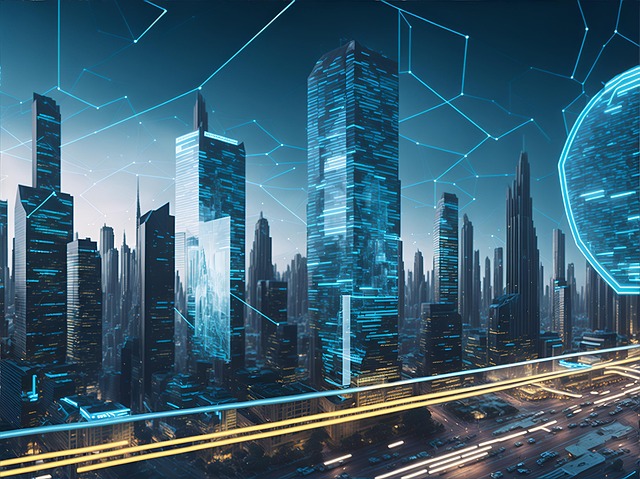AI smart building energy use optimization is transforming long-term rental properties by dynamically adjusting lighting, HVAC, and appliances based on tenant behavior and environmental factors. This technology offers significant energy savings, comfort, and predictive maintenance. Despite privacy concerns and high initial costs, the long-term benefits make AI a promising trend in sustainable living spaces, with buildings becoming more responsive and eco-friendly as AI advances.
“Unleashing the potential of AI in revolutionizing long-term rental homes, this article explores the integration of advanced smart home systems. With a focus on energy optimization, we delve into how artificial intelligence can transform buildings into efficient, sustainable environments.
We examine the benefits and challenges of implementing AI in rentals, from enhanced comfort to reduced energy costs. Furthermore, we glimpse into the future where AI-driven homes offer personalized, eco-friendly living experiences through intelligent energy use optimization.”
- Understanding AI's Role in Smart Building Energy Optimization
- Integrating AI for Long-Term Rental Homes: Benefits and Challenges
- Future Prospects: AI-Driven Sustainable Living Environments
Understanding AI's Role in Smart Building Energy Optimization

Artificial Intelligence (AI) plays a pivotal role in optimizing the energy use within smart buildings, offering significant potential for long-term rental properties. By integrating AI algorithms into smart home systems, buildings can dynamically adjust various parameters to reduce energy consumption and costs. These include intelligent lighting control, where sensors detect occupancy and natural light levels, automatically dimming lights or switching them off when not needed.
Similarly, AI can optimize heating, ventilation, and air conditioning (HVAC) systems by learning patterns of tenant behavior and environmental factors. This enables buildings to maintain comfortable temperatures while minimizing energy wastage. Moreover, predictive analytics powered by AI can anticipate maintenance needs, preventing unexpected breakdowns and reducing energy losses associated with inefficient equipment operation.
Integrating AI for Long-Term Rental Homes: Benefits and Challenges

Integrating Artificial Intelligence (AI) into long-term rental homes presents a multitude of benefits, especially in optimizing energy use and enhancing overall building management. AI smart home systems can analyze tenant behavior patterns, automatically adjusting lighting, temperature, and appliances to reduce energy consumption. Over time, these systems learn the ideal settings for each household, contributing to significant cost savings for both tenants and landlords.
However, there are challenges to consider. Privacy concerns top the list, as AI systems require access to personal data. Landlords must implement robust data security measures to protect tenant privacy. Additionally, initial setup costs can be high, and not all properties may have the necessary infrastructure for seamless integration. Despite these hurdles, the long-term benefits of AI smart building energy use optimization make it a promising direction for the rental property market.
Future Prospects: AI-Driven Sustainable Living Environments

The future of living spaces is poised for a significant transformation with the integration of AI and smart home technologies, setting the stage for more sustainable and efficient environments. AI-driven systems have the potential to revolutionize how we interact with our built surroundings, optimising energy use in buildings. By analysing vast amounts of data, these intelligent systems can predict and adjust energy consumption patterns, leading to reduced waste and lower carbon footprints. For instance, AI algorithms can learn and adapt to occupants’ routines, automating lighting, temperature, and ventilation adjustments for maximum comfort while minimising energy costs.
Moreover, the integration of smart building technologies enables a more holistic approach to sustainability. This includes optimising renewable energy sources, managing demand response programs, and enhancing overall building performance. As AI continues to evolve, we can expect even smarter, more responsive living spaces that cater to our needs and contribute to a greener future.
The integration of AI in smart home systems for long-term rentals offers a promising path towards more sustainable and efficient living environments. By leveraging AI’s capabilities for energy optimization within buildings, we can significantly reduce carbon footprints and utility costs. While challenges such as data privacy and initial implementation costs persist, the benefits—including enhanced comfort, improved resource management, and reduced environmental impact—outweigh these hurdles. As technology advances, AI-driven smart building systems will play a pivotal role in creating eco-friendly, future-proof metropolises, ensuring a more sustainable and vibrant tapestry for generations to come.
